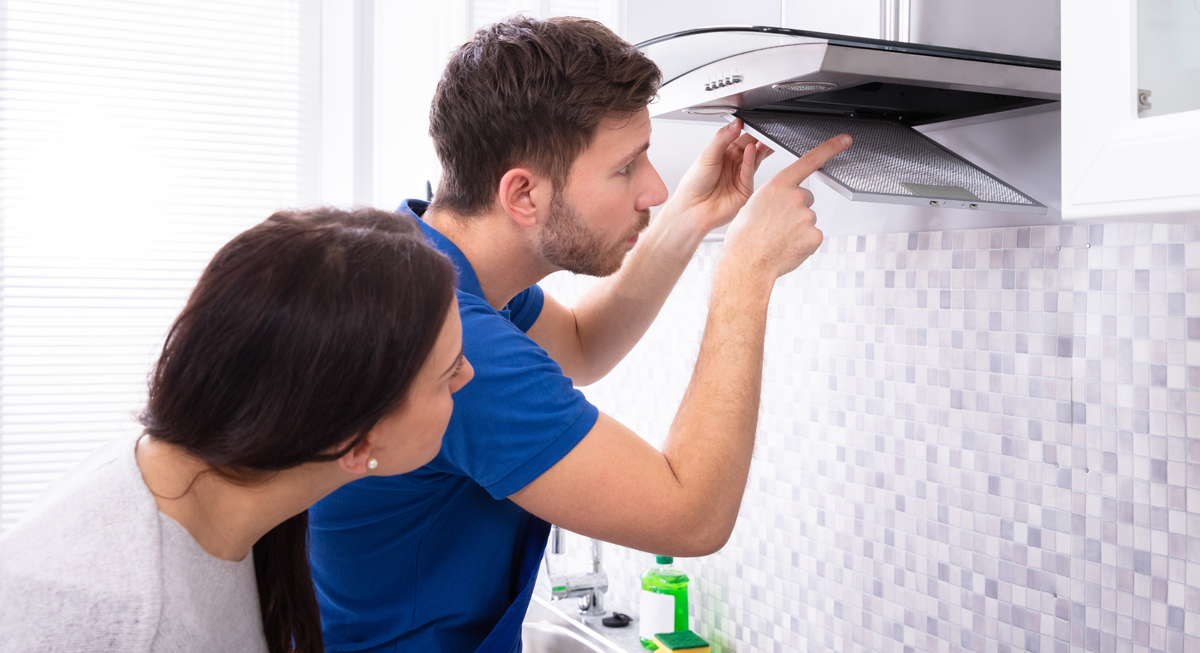Mold: it's not just a gross inconvenience—it could secretly wreak havoc in the corners of your cozy abode! Despite visible damp patches and musty odors, it often lurks undetected, quietly chipping away at your home's health and your own. But fear not! This handy guide is your secret weapon against mold. Armed with the know-how on where to check, you’ll be ready to stop mold dead in its tracks before it can throw a party in your walls.
Under the Kitchen Sink
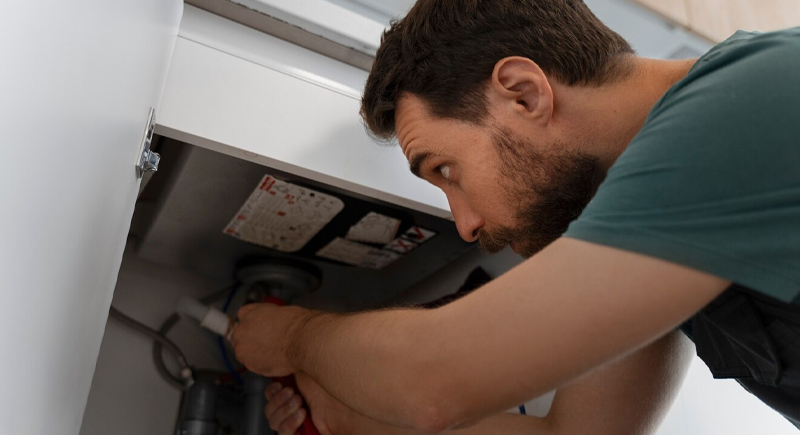
Credit: freepik
Nobody likes a soggy sponge, right? The same goes for the area under your kitchen sink, a common breeding ground for mold due to constant moisture from leaks or spills. Ensuring this area remains dry and well-ventilated can prevent mold growth. It’s a simple spot to check during your routine kitchen cleanup.
Bathroom Tiles and Grout
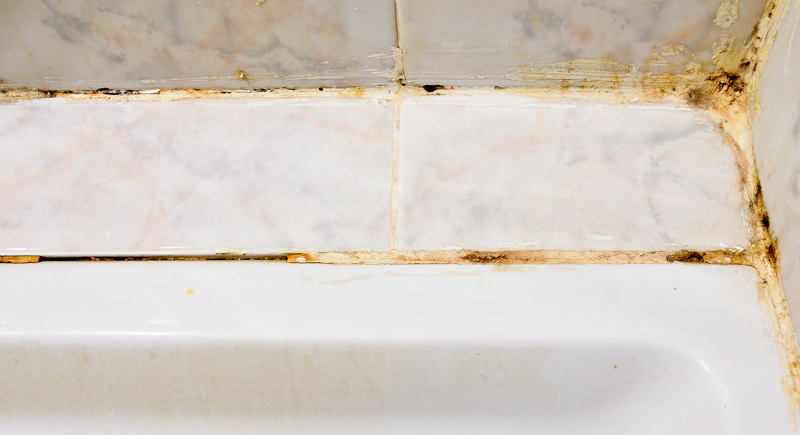
Credit: iStockphoto
Mold spores find paradise in the bathroom, thanks to the endless moisture and warmth from your showers. Tile grout is particularly susceptible, as it absorbs moisture easily and provides plenty of nooks for mold to root. Using a squeegee after showering can dramatically reduce the moisture level. Keep an eye on those tiles.
Window Sills
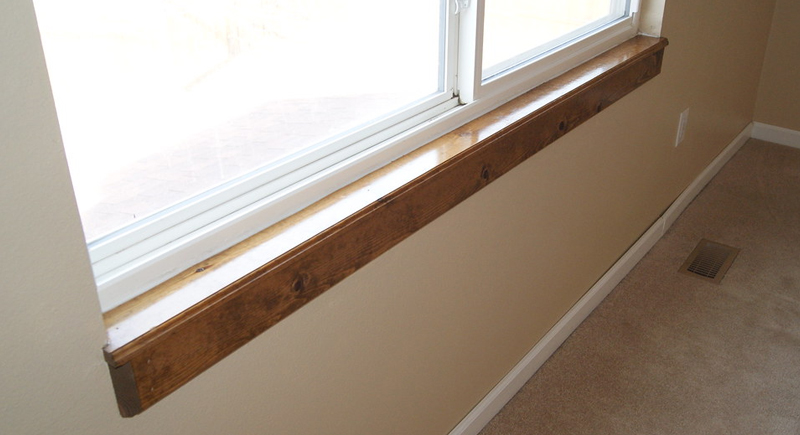
Credit: flickr
Ever noticed condensation building up on your window sills? That's mold’s first love letter to your home. Regularly cleaning your windows can stop mold in its tracks, preventing it from taking root where the moisture settles. A dry window sill is a mold-free window sill. So, give the sill a quick wipe next time you’re gazing out at the rain!
Behind the Refrigerator
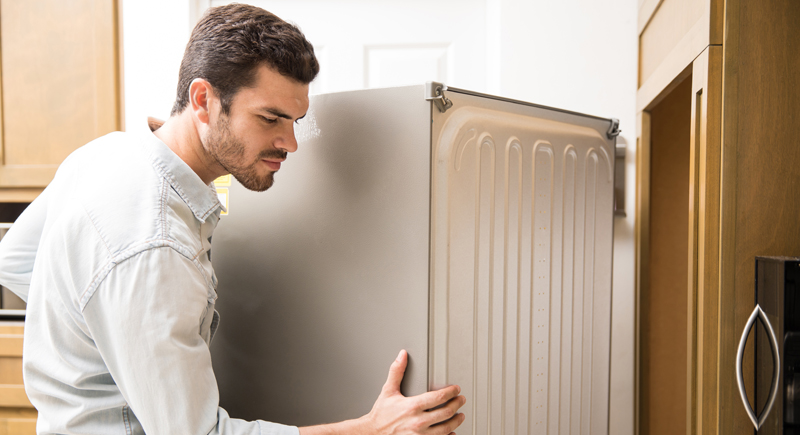
Credit: iStockphoto
Behind the fridge is out of sight and, too often, out of mind, making it a hot spot for unwanted mold colonies due to the heat and moisture emitted by the coils. Mold behind your refrigerator can significantly affect air quality and be a pain to clean once it gets going. Make it a routine to pull out the appliance and clean the area every few months.
Washing Machine Gasket
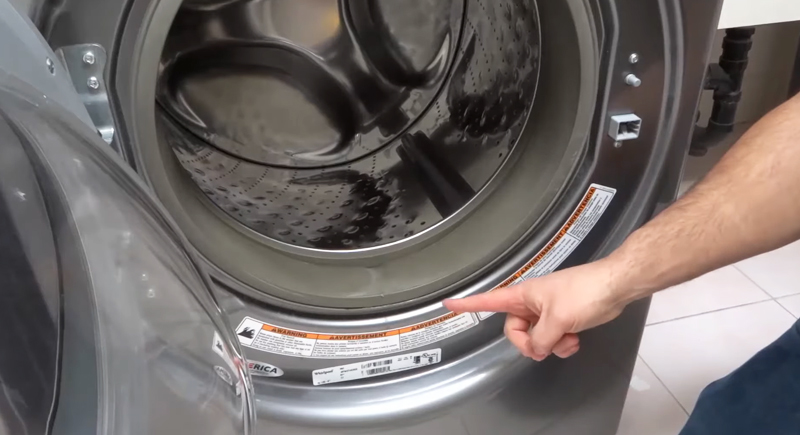
Credit: Youtube
That rubber seal on your front loader can harbor more drama than a soap opera with mold as the main villain. Moisture tends to linger in the gasket after each load, making it a prime zone for mold growth. Simply leaving the door open post-wash can air it out, and wiping down the gasket can keep the mold at bay.
Basement Corners
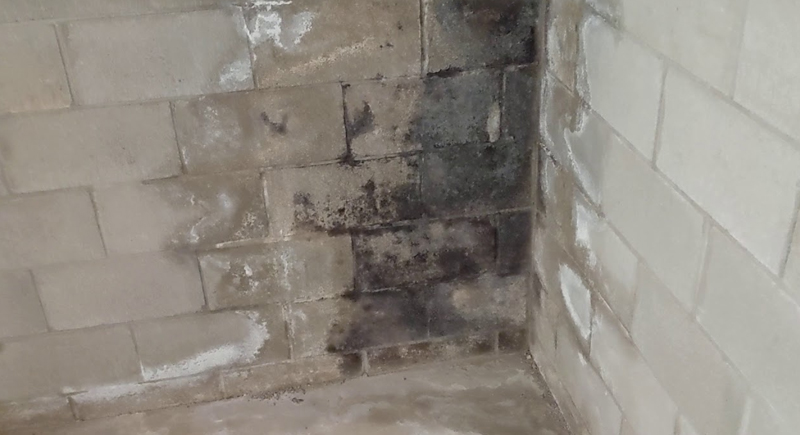
Credit: Youtube
Think of your basement as that one cool, damp place mold loves to crash. Mold can quickly take over without proper ventilation and regular checks, especially in the corners. Installing a dehumidifier can help keep the area dry and less hospitable to spores. Don't let mold be the monster in your basement!
Attic Insulation
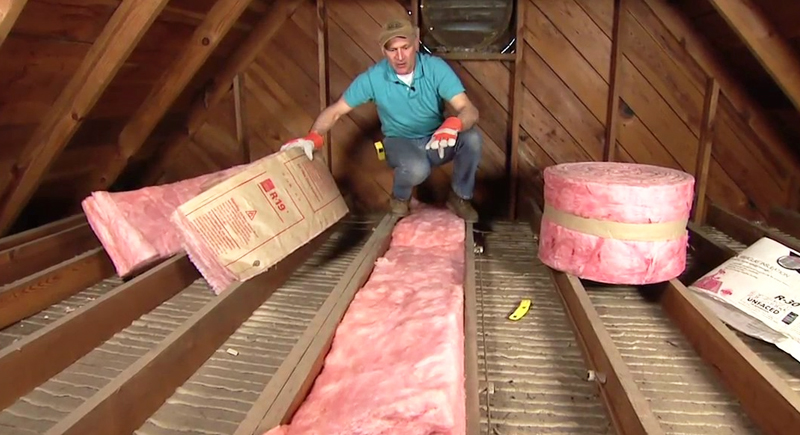
Credit: Youtube
Your attic might be the last place you think to check, but it's a first-rate ticket for mold with poor ventilation and potential roof leaks. Wet insulation is a playground for mold, compromising not just your home's structure but also your health. A quick peek up there could save you a whole lot of trouble.
Air Conditioning Units
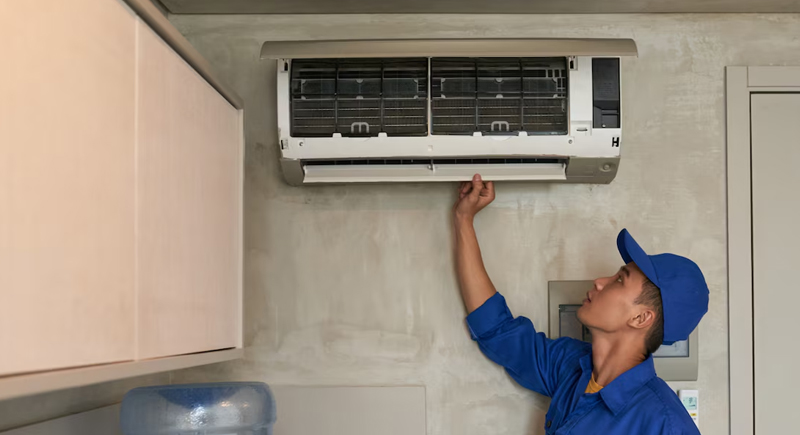
Credit: freepik
Air conditioners do more than cool your home—they can circulate mold spores if not maintained. Ensure drain pans are devoid of standing water and that filters are changed seasonally. This not only prevents mold but also keeps your air fresh and clean. It's like giving your home a breath of fresh air—literally!
Chimney
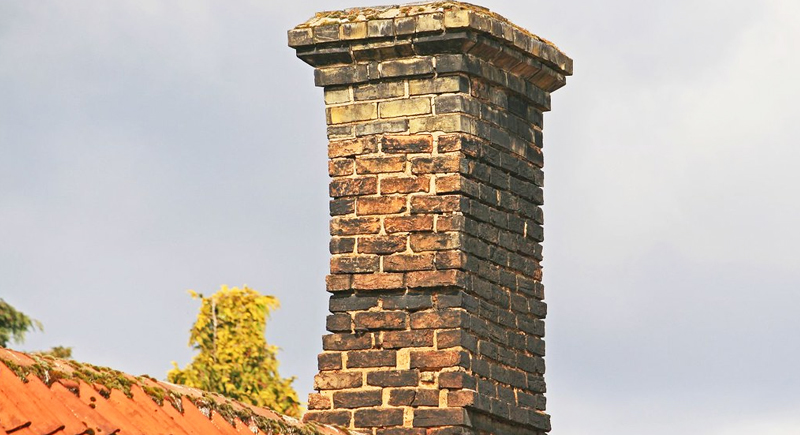
Credit: flickr
Chimneys can accumulate moisture and organic materials such as leaves, providing a perfect setting for mold to flourish. Annual cleanings and inspections by a professional can prevent this buildup and maintain a safe, mold-free chimney. After all, a clean chimney is a happy chimney!
Wallpaper
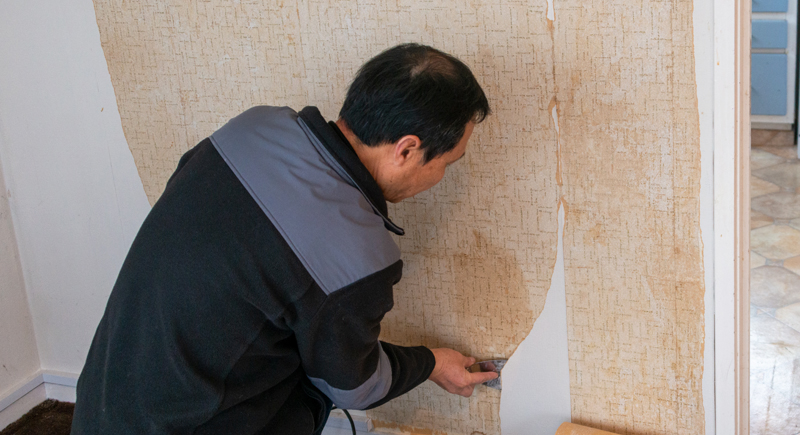
Credit: iStockphoto
Old or peeling wallpaper isn't just an eyesore; it's a mold party waiting to happen. If your wallpaper starts bubbling or feeling damp, it’s time to strip it down and possibly replace it. Keeping your walls clean and dry prevents mold from redecorating your home. Who knew home decor could be so thrilling?
Carpeted Areas
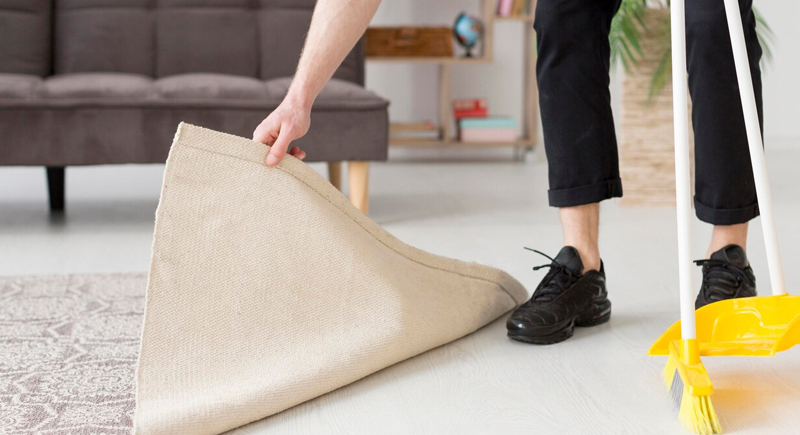
Credit: freepik
Carpets are cozy, but they can also be a mold’s dream come true, especially in areas prone to dampness, like basements or near bathrooms. Regular vacuuming and steam cleaning can prevent moisture and mold buildup. Remember, what lies beneath your feet might need as much attention as what’s overhead!
Ceiling Tiles
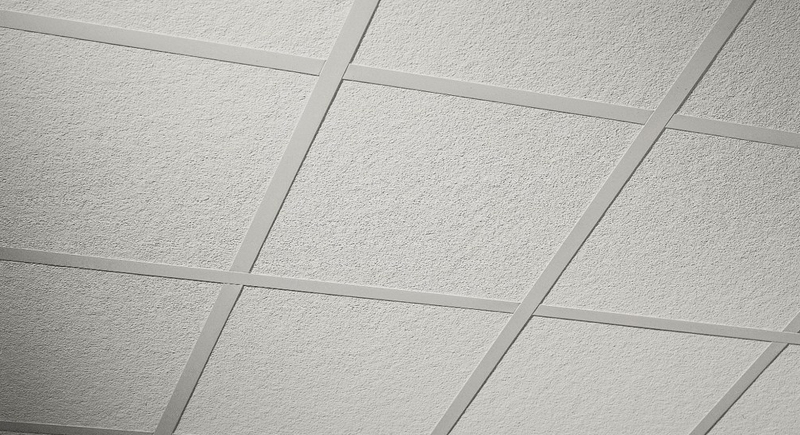
Credit: flickr
Look up—your ceiling tiles might tell a moldy tale, especially in rooms with high humidity or leaky roofs. Ceiling tiles can absorb moisture and become breeding grounds for mold, posing a risk to your health and property. Regular inspections can catch leaks early, and replacing damp tiles can stop mold spread in its tracks.
Under Carpet Padding
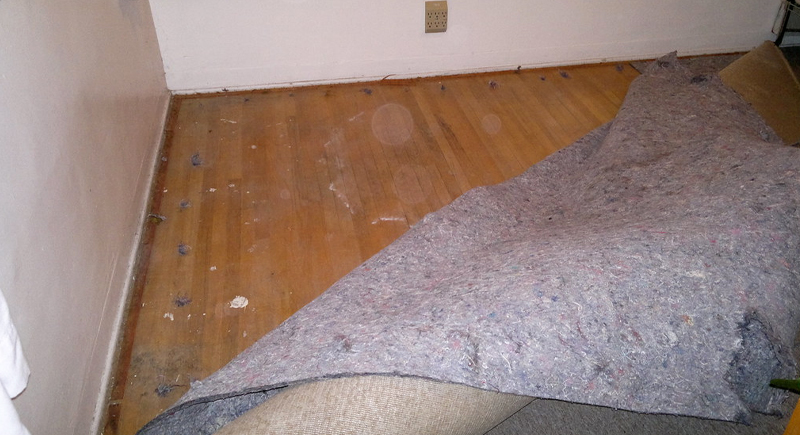
Credit: flickr
Beneath the surface of your plush carpet lies the padding, which is a hotspot for mold when moisture seeps through. It’s especially prone in areas where spills happen often or under windows where condensation gathers. Lifting a corner of the carpet to check the padding now and then could save you from a moldy disaster. Consider it a hidden treasure hunt—where you definitely don't want to find black gold.
Closet Corners
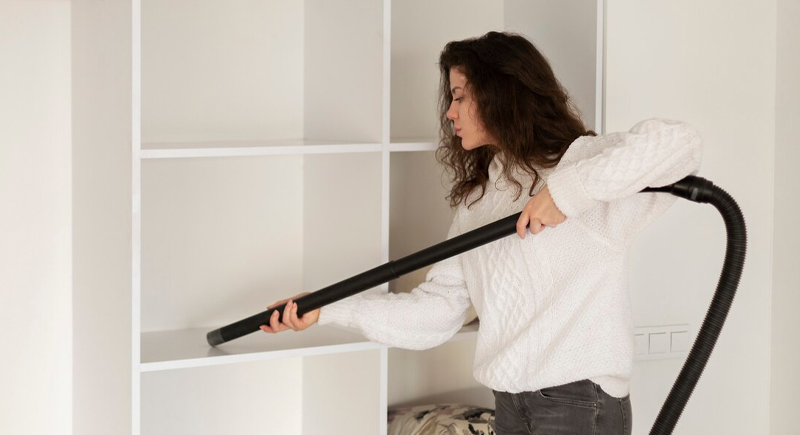
Credit: freepik
Closets might be great at hiding clutter, but they are also excellent at hiding mold. Poor circulation and dark conditions can lead to unseen mold growth, especially when damp items like shoes or coats are stored. An occasional purge and a bit of ventilation can make all the difference. Plus, who doesn't love a chance to rediscover what’s been lurking in the back of their closet?
Behind Wall Hangings
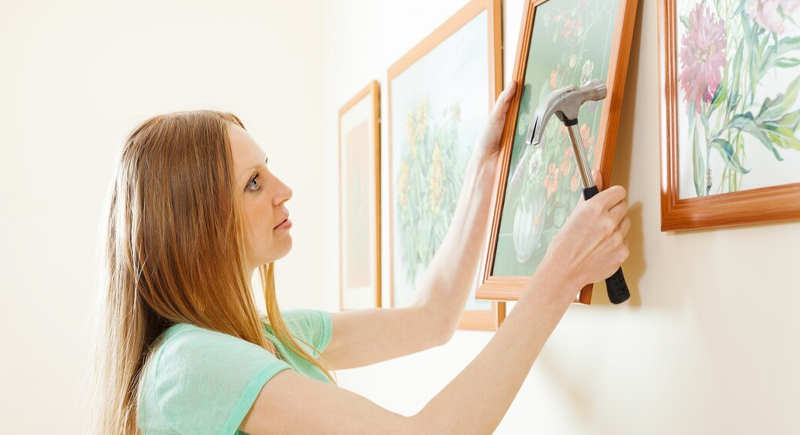
Credit: freepik
Art may imitate life, but the mold behind your beautiful paintings or posters might be imitating art. Wall hangings can trap moisture against the wall, creating a hidden mold haven. Occasionally, taking them down to clean behind and check for any signs of mold can keep your walls safe and your art pristine. It turns art maintenance into an adventurous inspection!

